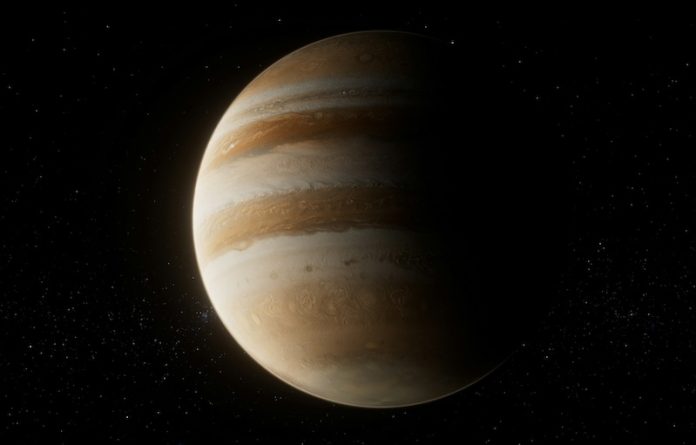
Astronomers have made an exciting discovery within the Messier 67 star cluster, also known as the King Cobra Cluster. They’ve identified a new exoplanet, named S1429 b, which is nearly double the mass of Jupiter, making it a warm Jupiter.
This discovery, detailed in a recent paper on the pre-print server arXiv, adds to our growing understanding of the diverse planetary systems in our galaxy.
Warm Jupiters are a class of gas giants with orbital periods ranging from 10 to 200 days.
Unlike their closer-in counterparts, hot Jupiters, warm Jupiters orbit their stars at greater distances, making them more challenging to detect through transit and radial velocity (RV) follow-up observations.
The discovery was made by a team led by Luis Thomas from the University Observatory Munich, who focused their spectroscopic observations on 11 stars within Messier 67. This cluster is known for being one of the oldest and most populous open clusters in our galaxy.
The team used the Habitable Planet Finder (HPF) spectrograph attached to the 10m Hobby-Eberle Telescope at the McDonald Observatory in Texas.
Their observations, carried out between December 2019 and March 2022, were part of an ongoing RV survey aimed at uncovering giant planets within this cluster.
S1429 b orbits a star at the turn-off point of the cluster, designated as S1429, which is of spectral type F9.5V. This marks the sixth planet discovered in the Messier 67 cluster.
The planet has a minimum mass of 1.8 Jupiter masses and completes an orbit around its host star every 77.48 days, likely on a circular path, at a distance of about 0.384 astronomical units (AU). The equilibrium temperature of S1429 b is estimated to be around 683 K (410°C or 770°F).
The host star, S1429, is located approximately 2,800 light years from Earth. It’s about twice the size of the Sun, with a mass of 1.26 solar masses, and is 4.3 billion years old. It has an effective temperature of nearly 6,000 K and a metallicity level of -0.013 dex, indicating it is slightly less metal-rich than the Sun.
The presence of six known planets in Messier 67, including this latest discovery, highlights the diversity of planetary systems within the cluster.
These planets are found around stars at various stages of their evolutionary journey, from main-sequence stars hosting hot Jupiters to turn-off point stars and red giants with longer-period planets.
Interestingly, all three hot Jupiters discovered in Messier 67 have minimum masses significantly lower than that of Jupiter.
This discovery underscores the richness of the universe’s planetary diversity and provides valuable insights into the formation and evolution of planetary systems, including those that differ significantly from our own solar system.
The research findings can be found in arXiv.
Copyright © 2024 Knowridge Science Report. All rights reserved.



